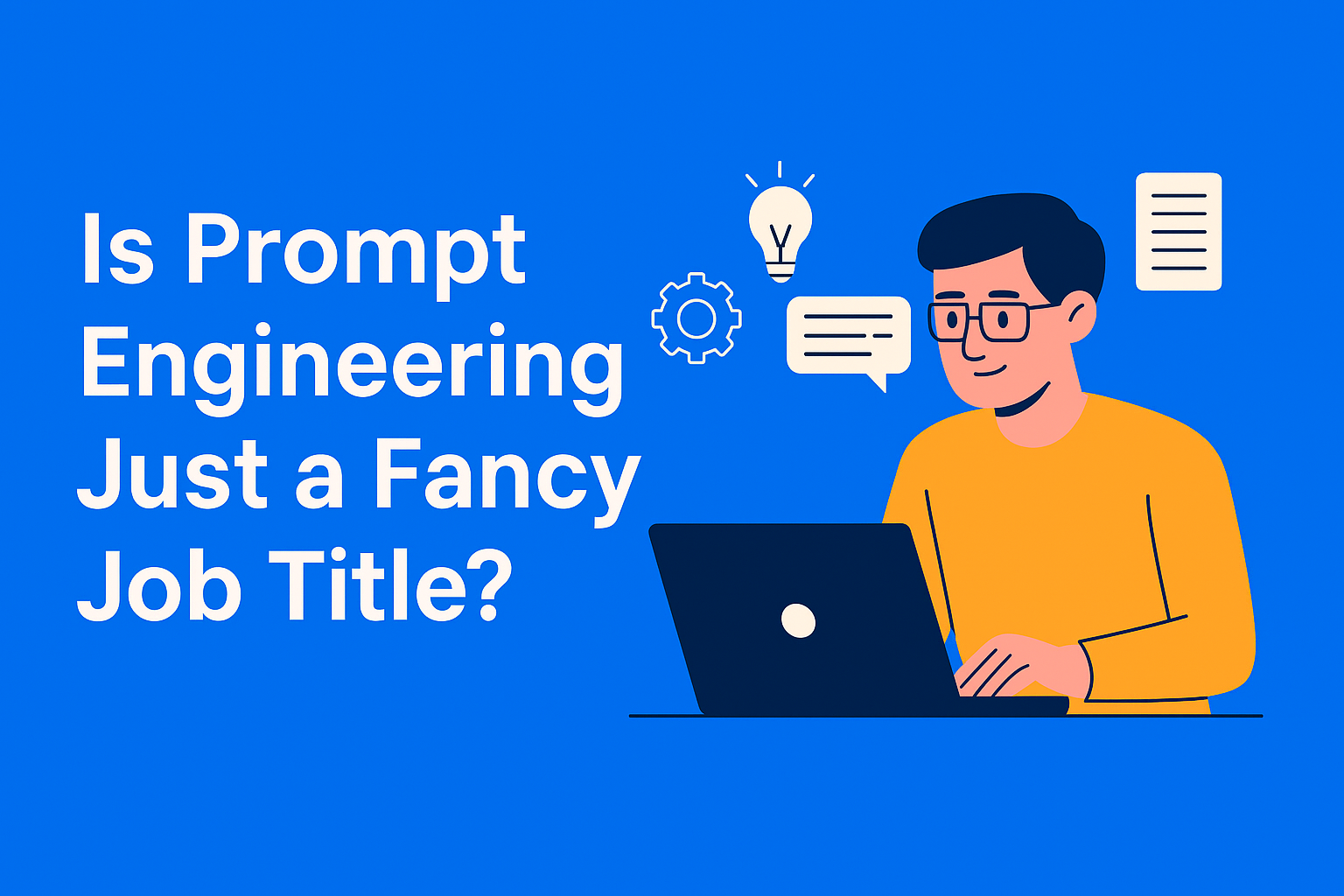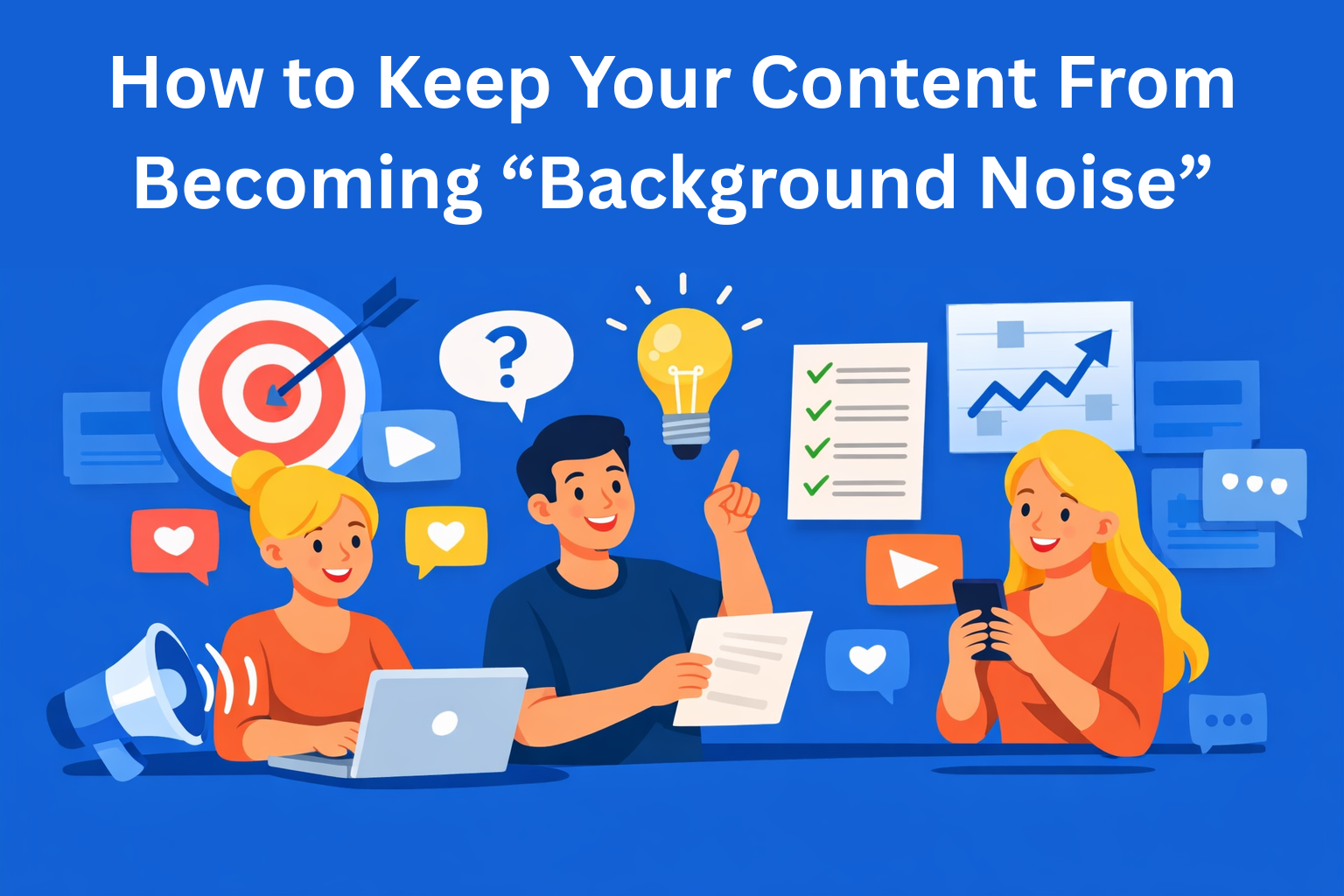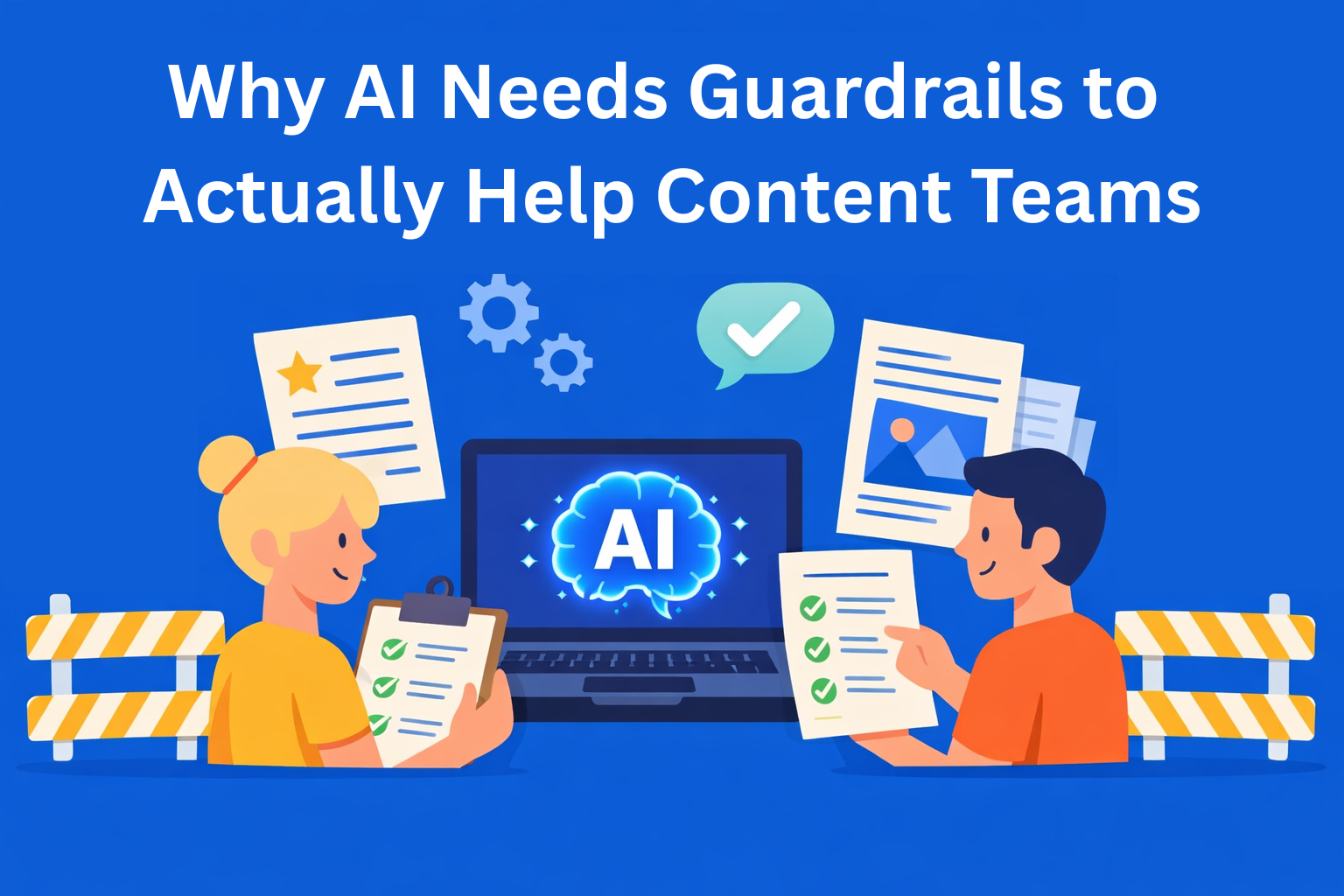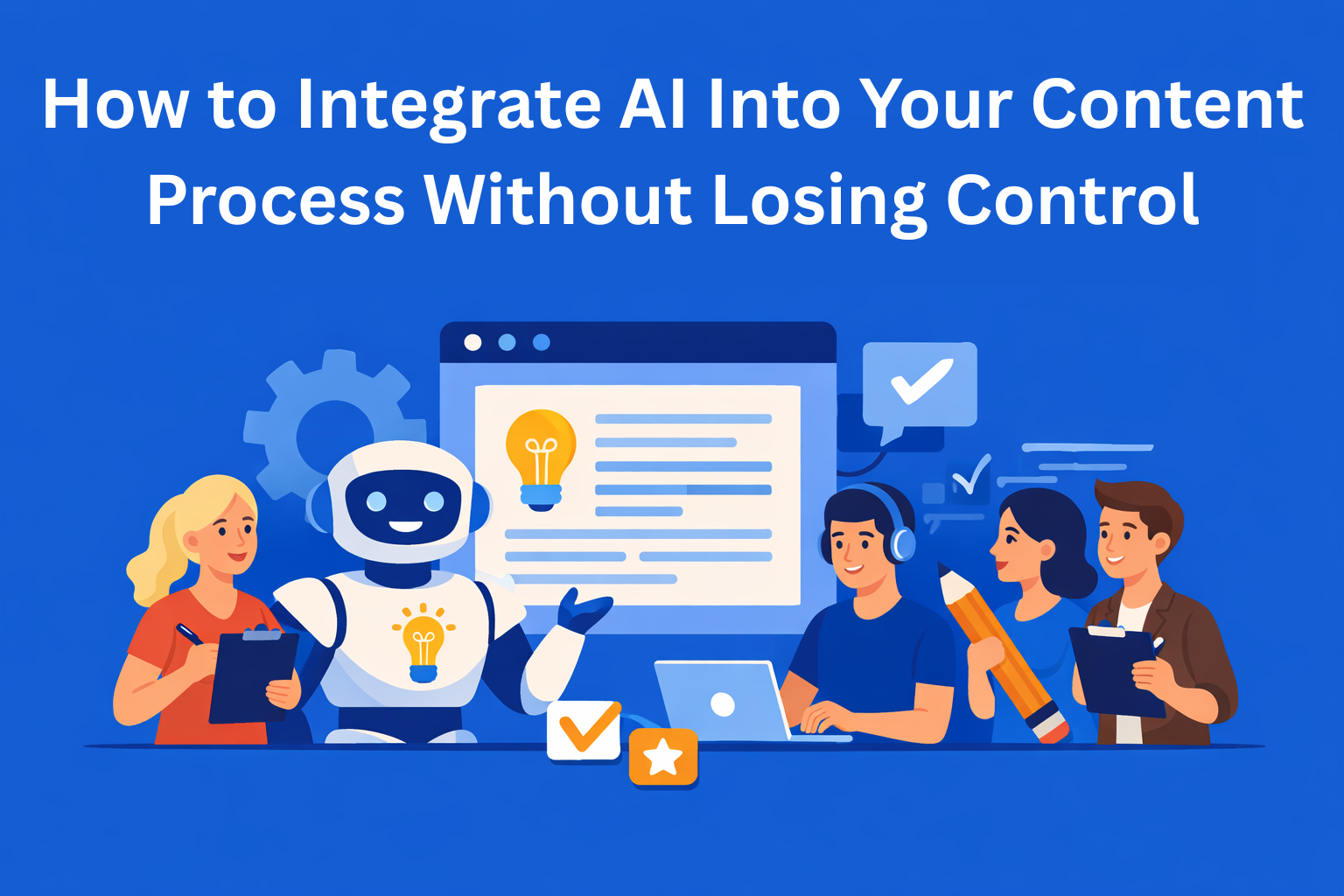Is Prompt Engineering Just Writing with a Cooler Job Title?
How is AI changing writing? Prompt engineering might just be a new name for an old skill - or an entirely new profession. In the future, a perfectly crafted prompt could be worth more than the content itself.

Will tomorrow’s writers still be called writers?
Or will we all become something new - something like prompt engineers?
As generative AI tools continue to get more powerful and integrated into our workflows, the line between “writing” and “prompting” is getting blurrier. Some say prompt engineering is just the next evolution of writing - a high-tech version of the same skill set with a flashier name. Others argue it’s something entirely different.
One thing is clear: writers are already adapting, and in the not-so-distant future, crafting the right prompt might be more valuable than writing the actual content yourself.
So let’s have some fun and imagine - what would the day-to-day of a full-time prompt engineer look like? What would they gain… and what might they lose?
Key Takeaways
- Prompt engineering shifts writing from wordcraft to strategy - it’s about designing precise instructions to achieve specific content outcomes.
- The role blends skills from writing, brand strategy, SEO, and UX - successful prompt engineers think like creative directors, not just copywriters.
- Speed and scalability are major benefits - AI can produce polished drafts in minutes, enabling faster workflows and consistent tone.
- Risks include loss of originality, overreliance on AI, and ethical questions - human review and creativity remain essential.
- Platforms like EasyContent help maintain structure and quality - with prompt libraries, templates, and review workflows to keep teams aligned.
The Rise of the Prompt-First Writer
Let’s say it's 2028, and generative AI has evolved to the point where it can consistently produce long-form, publish-ready content with minimal editing - as long as you give it a well-crafted prompt.
Writers (or rather, “Prompt Engineers”) don’t open a blank doc anymore. They open their AI dashboard. Instead of writing content from scratch, they start by thinking strategically:
- Who is this content for?
- What is the goal of the piece?
- What’s the structure or flow?
- What tone or style should it mimic?
- What specific examples or data should it include?
Then they build the perfect prompt (often a few paragraphs long) that includes everything the AI needs to generate a polished first draft.
From there, the Prompt Engineer may adjust the tone, ask for a few variations, or fine-tune certain sections. But the heavy lifting? That’s handled by the machine.
What Prompt Engineering Might Actually Look Like
Here’s a hypothetical look at what a “Prompt Engineer” might do in a day:
- Build a Prompt Library: You create reusable prompts for specific content types (blog posts, social copy, whitepapers, landing pages) each tailored to your brand voice and audience.
- Iterate and Refine Outputs: You feed in prompts, review the output, and iterate. You're not editing in the traditional sense - you're re-prompting until the AI gets it right.
- Collaborate with SMEs (Subject Matter Experts): Instead of interviewing them and writing content from scratch, you extract key inputs and turn them into AI instructions. The AI generates the article. You make sure it’s accurate and polished.
- Tone-Tune the Output: You prompt the AI to rewrite a blog post in a “friendlier” tone or “less corporate” voice, tweaking until it hits the right feel.
- Train Models (or Fine-Tune Prompts): You adjust your prompts based on results and performance metrics - testing which prompts lead to higher engagement, better SEO rankings, or clearer messaging.
It’s less about writing word-by-word and more about designing content outcomes.
Pros of a Prompt-Driven Writing Future
If this future plays out, there are some real upsides - especially for content teams trying to do more with less.
1. Speed and Scalability
Prompting a machine to generate five blog posts takes far less time than writing them yourself. That means more content, faster production cycles, and more room to experiment.
2. Focus on Strategy, Not Syntax
Writers can spend more time thinking about what needs to be said (the message, the target audience, the content goals) and less time on sentence structure.
3. Better Consistency (When Prompts Are Good)
Once you dial in a prompt that works, it becomes a repeatable tool. Your content stays on-brand and aligned with voice and tone every single time.
4. Fewer Bottlenecks in Production
No more waiting days for a first draft. With the right prompt, you can get a draft back in minutes, making it easier to meet deadlines and push content through the pipeline.
The Cons (and What We Might Lose)
Of course, not everything is sunshine and rainbows.
1. Loss of Originality
Even the most advanced models are built on patterns - they don’t invent, they remix. Will prompt-driven content start to feel too same-y? Will creativity get diluted?
2. Dependence on Tools
If writers rely too heavily on AI, they may lose touch with the craft. Writing is a muscle, and if you stop using it, you might lose the nuance, rhythm, and intuition that makes great content great.
3. Ethical Gray Areas
If a prompt engineer produces 10 articles per day using AI, how do we credit authorship? What happens when the AI gets something subtly wrong - and no human notices?
4. Less Joy in the Process
Let’s be real, for many writers, the act of writing is the reward. Will prompting feel as satisfying? Or will it reduce the craft to clicking “regenerate” until it’s good enough?
A Role That’s Part Writer, Part Strategist, Part Engineer
So is prompt engineering just writing with a cooler job title?
Maybe - but it’s also a different mindset.
Instead of being in the weeds with words, you’re operating one level up. You’re orchestrating content instead of composing it. The skills overlap with writing, yes - but they also blend in brand strategy, UX thinking, SEO awareness, and even a bit of system design.
It’s not that writing disappears. It just shifts. Writers who thrive in this new world might look more like creative directors than copywriters - people who know what great content feels like and know exactly how to tell the AI to make it happen.
Where Platforms Like EasyContent Still Fit In
Even in a future full of AI-generated content, structure and workflow still matter.
A platform like EasyContent helps content teams keep quality high - whether content is written by humans, machines, or a mix of both.
You can build:
- Templates that include tone, style, and structure guidance
- Custom fields for prompts, audience insights, and SEO targets
- Review workflows where editors check for prompt effectiveness and output accuracy
- Documentation to keep your prompt libraries consistent and reusable
It’s not about replacing creativity. It’s about creating the space (and the structure) for it to thrive in a prompt-driven world.
Final Thoughts: We’ll See What Happens
Will writers become prompt engineers?
Will we trade word-by-word creation for strategic prompt design?
Maybe. Maybe not.
AI is evolving quickly, but so are the people who use it. Writers have adapted before (to digital, to SEO, to social, to mobile), and they’ll adapt again. Some may embrace prompt engineering as the new writing. Others may dig deeper into storytelling, craft, and human nuance.
For now, we’re in a strange (and exciting) in-between. Writing isn’t gone - it’s just changing shape. And whether prompt engineering becomes the job title of the future or just another tool in the writer’s kit, one thing’s for sure:
The writers who stay curious will always find a way to stay relevant.






